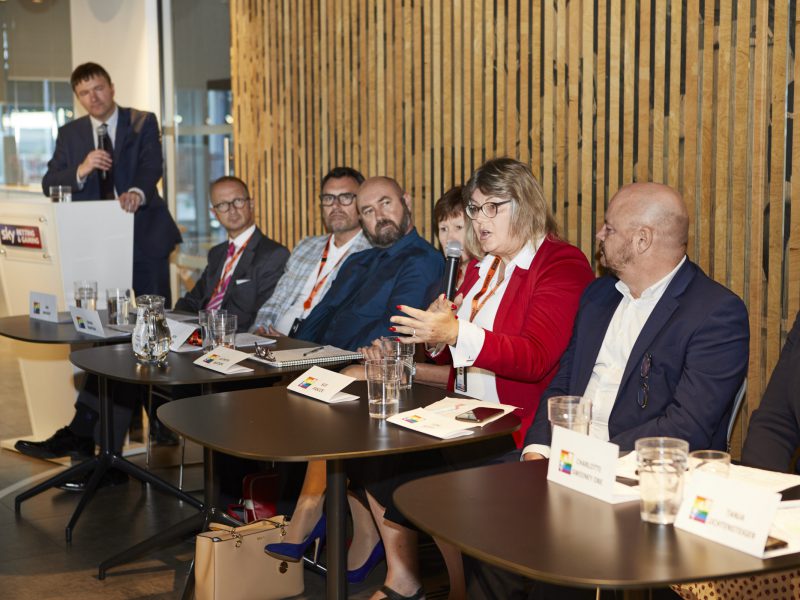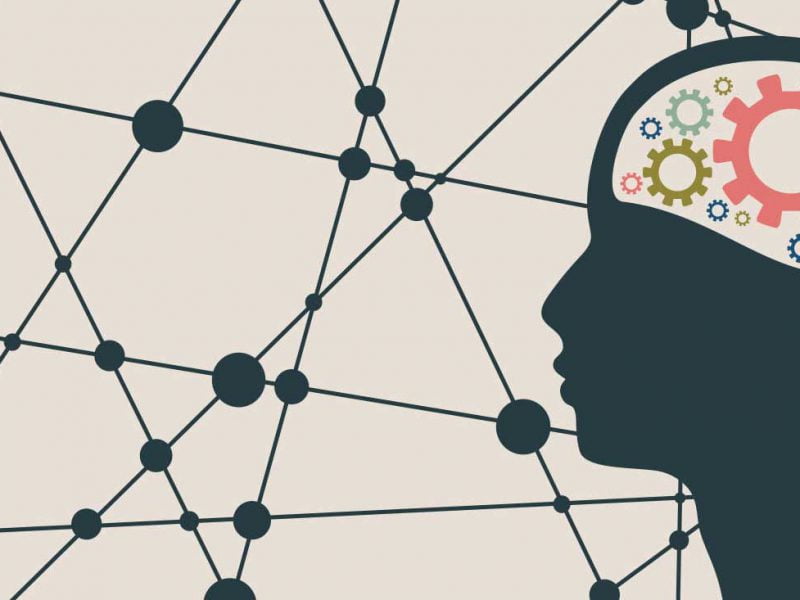Neurodiversity in the workplace: designing offices with neurodiversity in mind
We’re all different – the way we look, the way we talk and also the way our brain functions. Not one person is the same, which means the way we all work is different too.
In this blog, we catch up with Cath Labbett, Union Learning Representative at HMRC, to learn more about how their new office building at Wellington Place has been designed with neurodiversity in mind. We also speak to Holly Straker, who leads the Inclusion and Engagement Team at Sky Betting and Gaming, about their neurodiversity awareness training.
What is neurodiversity?
Neurodiversity is a relatively new term. The social impact organisation Understood, defines neurodiversity as the “viewpoint that brain differences are normal, rather than deficits”.
Neurodiversity covers a wide range of conditions, such as autism, ADHD, Tourette’s syndrome, dyspraxia, dyslexia and more. Neurodiverse individuals tend to have unique perspectives and exceptional skills that are advantageous in many job roles.
The University of Edinburgh estimates that 1 in 7 people are considered to be neurodiverse – more than 15% of people in the UK! Which is why more and more organisations are focusing on creating an inclusive working environment for their employees’.
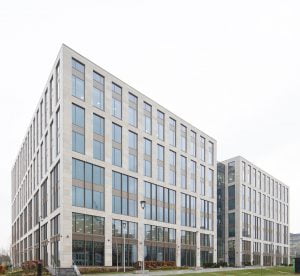
What is a neurodiverse workplace?
A neurodiverse workplace is one that has suitable working conditions for all, helping each employee to thrive in a setting that suits them best.
The new HMRC offices at 7 & 8 Wellington Place have been designed to cater to all members of the team. Here, Cath Labbett shares her opinion on why neurodiversity is so important in the workplace, how HMRC have managed to create an inclusive office and why this was so important to them:
“The building follows an ‘inclusive design mode’, aiming to make the building work for all staff, rather than the ‘Social Model of Disability’ (giving people who have different needs specialist equipment to work with everyone else). The design has even won awards in the construction industry for its innovative ideas!”

Cath explains that the new HMRC workspace was designed with four core attributes at its centre. Its purpose is to:
- Place people at the heart of the design process.
- Acknowledge diversity and difference.
- Offer choice where a single design solution cannot accommodate all users.
- Provide flexibility in building use and aims to deliver buildings and environments that are convenient and enjoyable to use.
How can you promote neurodiversity at work?
A neurodiverse workspace can come in all shapes and sizes, depending on what works best for your employees.
There are many brilliant ideas companies can install to help create a more diverse workplace. Cath shares how HMRC is promoting neurodiversity through dedicated rooms for wellbeing, recovery and reflection:
- Each of these rooms offers a completely different private space, located away from the main working areas and in a discreet part of the floor.
- A member of staff can go to sit, work, contemplate, pray or even just take a few minutes to de-stress from a busy day.
- Each room has an opaque or fully screened partition, plus a sign on the door to indicate whether it’s currently in use
- Rooms are decorated in neutral, soft pastel colours.
- Each room has plenty of natural light, glazed partition blinds, user-controlled lighting and electrical sockets.
Here are a few sneak peeks:
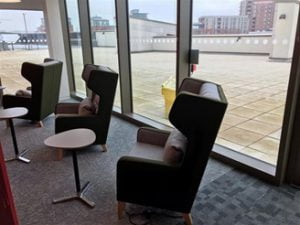
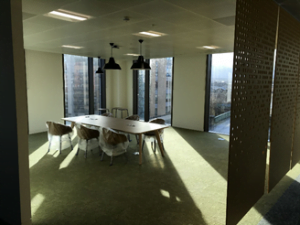

Cath says: “The feedback we’ve received for our inclusive design has been very positive:
“The workspaces follow the inclusive design guide, and this really shows through. This makes it as easy to spend time with people in light, airy comfort, as it would be to spend time working in a sensory muted environment. It means there are far fewer physical barriers for people.
“This will bring neurodiversity and other hidden disabilities much more to the fore, where barriers to participation are not the physical, but the social environment. We’ve got an excellent opportunity to build and enhance an inclusive community in Yorkshire and the Humber.
“If we want to represent the communities we serve – which is the right thing to do and has tangible business benefits – we must work together and improve our understanding of how to play to and complement each other’s strengths. To do so, we need to remove the barriers that might not be immediately apparent, but are very real”.
Neurodiversity awareness training
As well as physical changes that can make an office more inclusive, another way to promote neurodiversity in the workplace is awareness training, and that’s exactly what Sky Betting and Gaming are championing at their Wellington Place office. Holly Straker, who leads the Inclusion and Engagement Team, tells us all about it…
“Educating, raising awareness, creating space for uncomfortable conversations, and sharing perspectives is a huge part of how we approach inclusion and wellbeing. We work to achieve our People Vision to build and promote a culture where difference is valued, and everyone can be the best version of themselves.
“In November 2020, we worked with neurodiversity specialist training organisation, Creased Puddle, to build our neurodiversity training offering. Creased Puddle delivered a Train the Trainer course to 12 of our People Team and Mental Health First Aiders. We created four 90-minute workshops that can be delivered on-demand to employees and leaders across the business, helping our team become better equipped to support and empower neurodiverse candidates and employees.
“We’re also currently working with the Centre for Accessible Environments, who are supporting us with an accessibility and inclusion audit on our brand-new offices at 4 Wellington Place, to ensure we’re thinking about the different environments people need to work at their best.”
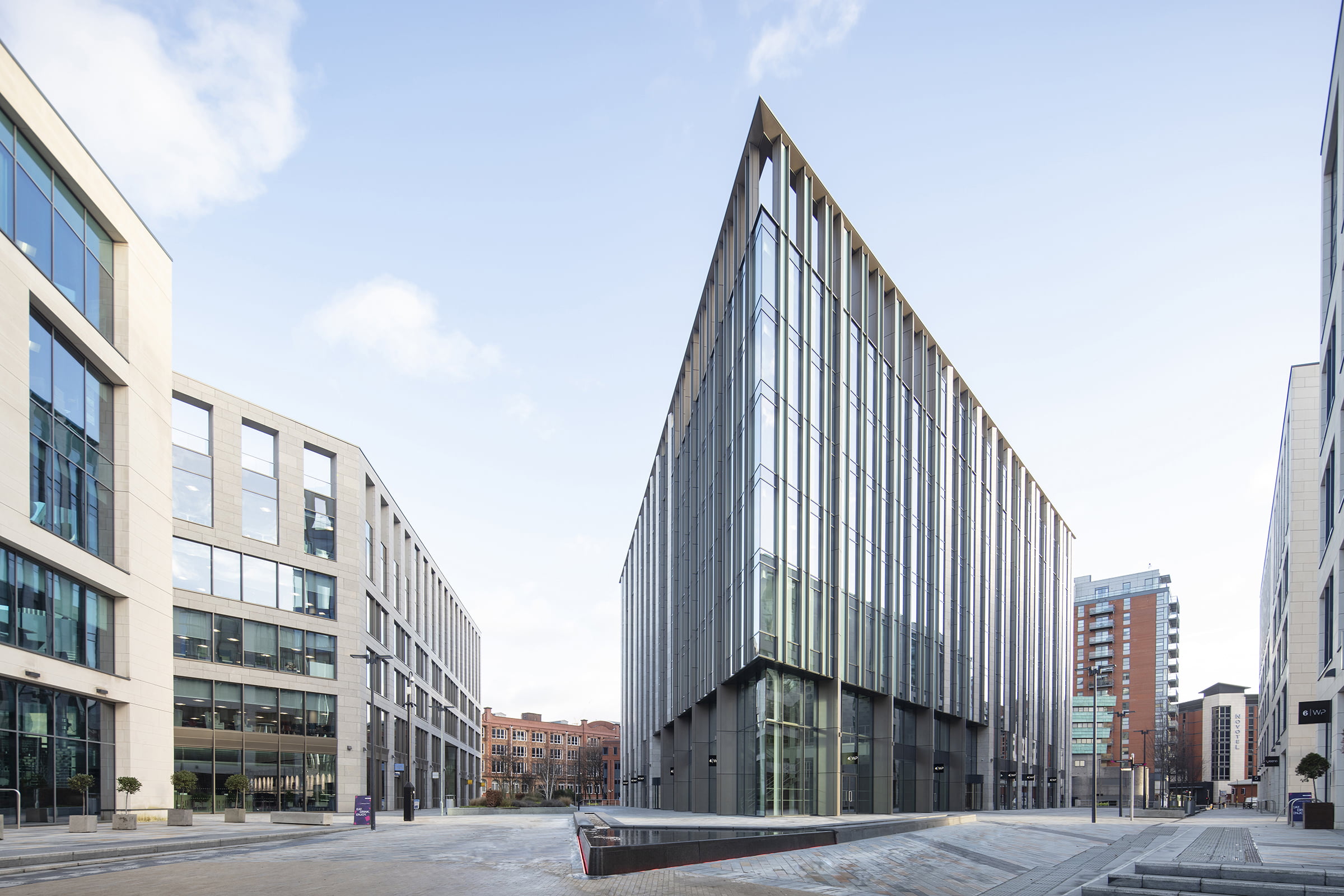
What are the benefits of a neurodiverse workplace?
In his TED Talk on neurodiversity at work, Enterprise Risk Management Professional, Layne Kertamus, shares his view on brain differences. Drawing on his own experiences of autism, Layne highlights that a neurodiverse workspace is more productive, innovative and can give your business a competitive advantage.
In the words of Layne – “Hire the best person but be open-minded to the idea that that person could be a neurodiverse individual.”
Useful resources, education, training
If you would like more information on neurodiversity in the workplace, we would recommend visiting the following websites:
Thank you to Cath and Holly for taking part in this blog post.

